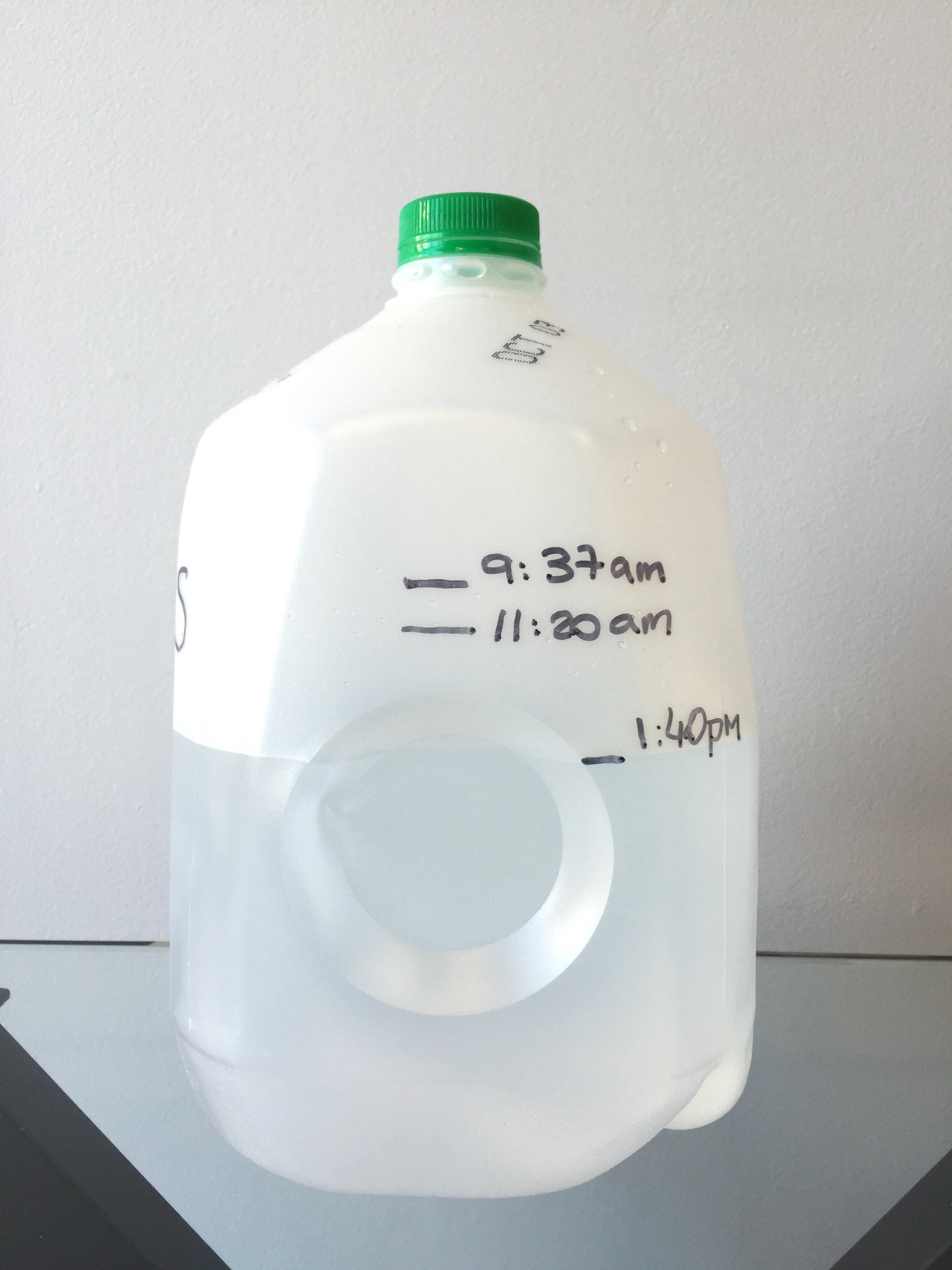Hello readers, today we’re introducing a new series on the blog. After almost two years (!!) of content, the team decided it was about time we put some faces to the articles we develop for you.
To start off, we would like to welcome – and introduce – Liam Dow. Liam plays the roll of our Government Affairs Coordinator, and steers the wheel when it comes to California’s water conservation initiatives. Without further ado, here is Liam with a little update on what we’re seeing in Southern California.
One thing that might surprise you is that during the month of August California exceeded its reduction target by 3 percent, but water suppliers representing roughly 131 cities fell short of their targets. These 131 cities have continued to fall short with the majority having never met their conservation targets set forth by the State. To address these challenges the State has sent violation letters, urging non-compliant cities to implement new policy changes, provide rebate funding, and host educational initiatives.
In my day to day role, I get to see these initiatives up close and personal and while some efforts have helped with conservation, frankly I think most of these cities are not demonstrating a sense of urgency and creativity. In these circumstances, I see the Public Works – or comparable – departments working diligently on water conservation suggestions from the State. However, rarely does a city unanimously demonstrate a willingness to go above the state recommendations and confront the urgency with action. In addition, it seems that cities are justifying missed targets by blaming hotter months while, at the same time, hoping for colder ones.
But that’s not going to solve our drought. We desperately need action! We can learn from initiatives taken by cities that surpass their compliance targets, such as San Francisco and Pismo Beach. Where I have seen leadership take a more active role to implement new policies that effectively save thousands of gallons of water. Pismo Beach recently issued a city ordinance that mandates all existing and new buildings install high efficiency water conservation devices by February, 2016. Alongside San Francisco which implemented an ordinance that provides significant rebate funding for high efficiency restroom devices and requires cities to be in compliance by 2017.
That type of urgency is what California needs to bounce back from a drought like this. We need more cities to take immediate action and think through innovative solutions that include both the business community and non – profits. Together we can effectively tackle challenges that threaten our most precious natural resource, and rise above the worst drought California has ever seen.













